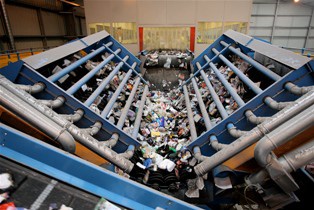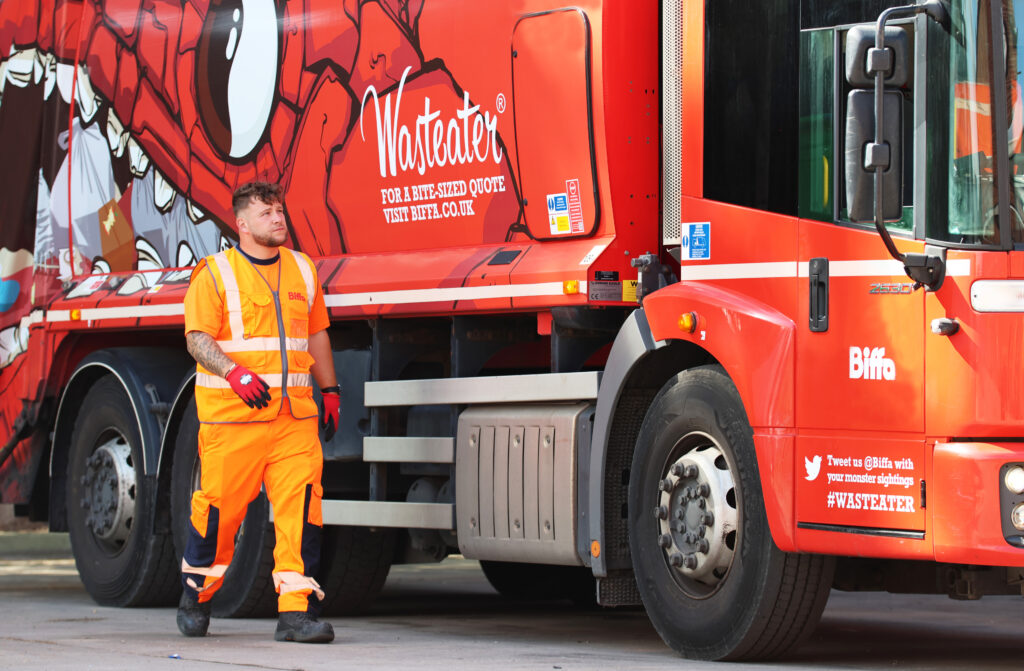Workers are often employed to pick and sort material on the conveyor belts manually in factories and plants, which the HSE explains can increase the risk of injury to the worker if proper guidelines are not followed.
The guidance is aimed at designers, suppliers and the employers of the workers using conveyor belt workstations and provides information on the legal requirements of using them.
Musculoskeletal disorders
MSDs refer to any injury, damage or disorder of the joints or other tissues in the legs, arms, shoulders or the back.
According to the HSE, MSDs account for around a third of all reported injuries in the waste and recycling industry, of which the majority are related to collection activities and can be either sudden or cumulative injuries.
The guidance explains that sustaining an MSD at conveyor belt workstations can come as a result of adopting awkward postures (including stretching twisting, leaning and stooping), exerting large forces and repetitive lifting and carrying.
According to the HSE, designing workstations ergonomically can also help to reduce sickness absence, overtime and conveyor belt breakdowns while increasing efficiency.
The guidance states: Conveyor systems can improve efficiency and help to reduce repetitive lifting and carrying, which are causes of MSDs. But unless workstations associated with conveyors are properly designed, with the tasks and the users in mind, work may be done less efficiently and workers may be at increased risk of developing MSDs.
Workstation dimensions
The HSEs guidance includes practical information on how operators and designers of workstations can best minimise the risk of injury, and recommends that where possible workers operate conveyor belts while seated.
Related Links
According to the document, operating conveyor belt workstations when seated helps to prevent fatigue, but this is recommend more for low-force tasks as it is not possible to exert as much strength when seated.
The document also offers specific guidance to employers for how to assess workstation dimensions so that the following is taken into account:
- Operators working height and reach distance when seated or standing.
- Leg space and depth for the operator when seated or standing.
- Width and height of the conveyor belt and working space.
- Length of time spent working at a conveyor belt workstation.
The HSE states that conveyor belt workstations must be designed and used safely and comfortably to reduce MSD risks under the Workplace (Health, Safety and Welfare) Regulations 1992 and the Manual Handling Operations Regulations 1992.









Subscribe for free